Is Your City on This List? The 10 Most At-Risk Areas for Natural Disasters

As climate change worsens, extreme weather events are happening more frequently. Last year was the hottest year on record, and the high temperatures are causing natural disasters to occur more often. “There were 28 weather and climate disasters in 2023, surpassing the previous record of 22 in 2020, tallying a price tag of at least $92.9 billion,” per Climate.gov. “That number puts 2023 into first place for the highest number of billion-dollar disasters in a calendar year,” the site stated.
Some areas, however, are more prone to climate change, which increases housing prices and other costs associated with owning a home, such as insurance. This causes potential homebuyers to rethink their plans and some homeowners want to relocate. “Floods, fires, and storms may give most of us pause when we’re considering where to buy our homes—many of us can’t even afford to buy insurance in some places, if it’s available at all,” Realtor.com reports.
Global warming is a major threat across the country, and “in 2024, almost 44.8% of homes in the United States, with a total value nearing $22.0 trillion, confront at least one type of severe or extreme climate risk from either flood, wind, wildfire, heat, or air quality,” according to Realtor.com. Here are 10 cities most at risk for natural disasters.
RELATED: “Tornado Alley” Is Spreading.
1
Houston
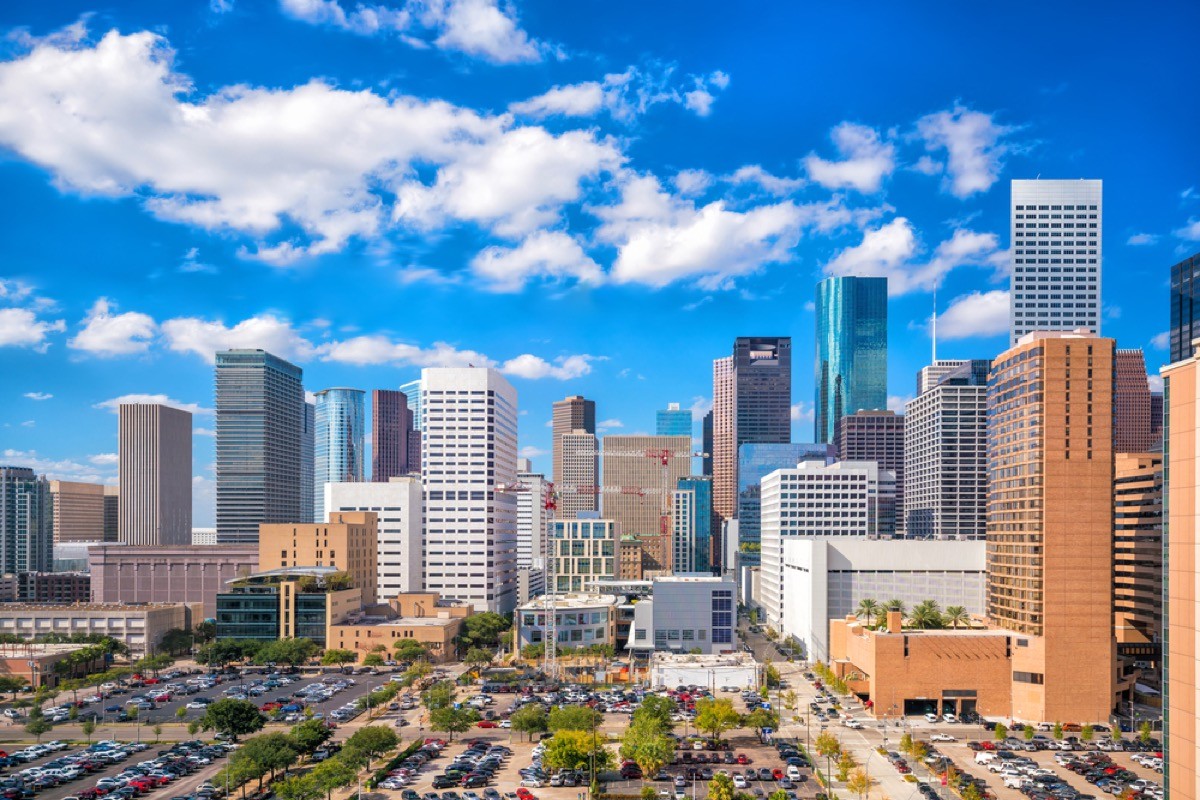
Affordable living, a booming job market, and fun family attractions are just a few reasons people love Houston, but it’s the top city for the worst climate change, according to Policygenius. “While sea level risk is relatively low, the percentage of properties in 100-year flood plains is above average at nearly 16% — an increase of 2.7% from today. As you probably guessed, the risk of hurricanes is high, and tornadoes is very high.
2
Los Angeles

A day in Los Angeles can range from celebrity sightings to catching the sunset in Santa Monica. There are endless things to do and experience, plus the year-round great weather alone is enough to endure the traffic for some. While there’s plenty to love about LA, the county has the highest amount of natural disasters, according to Forbes. “The county has declared 22 natural disasters in the past decade, including 20 fires and two instances of severe winter storms, flooding and mudslides.” The area is also known for wildfires, so many insurance companies don’t offer homeowners insurance in the state.
3
Miami
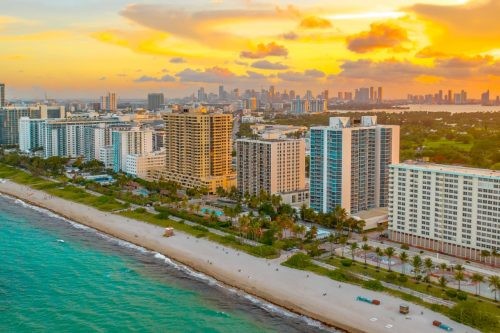
Miami’s warm weather, beautiful beaches, and lively nightlife have always been a big draw. The tax benefits are also a great perk to living in the city–there’s no state tax or personal income tax, meaning residents can benefit from tax-free pensions and retirement pay. But there is a cost to living in Miami–the natural disasters. According to Realtor.com, “Miami, FL, holds the highest total value of homes at severe or extreme heat risk, in addition to wind and flood risk.
4
New Orleans
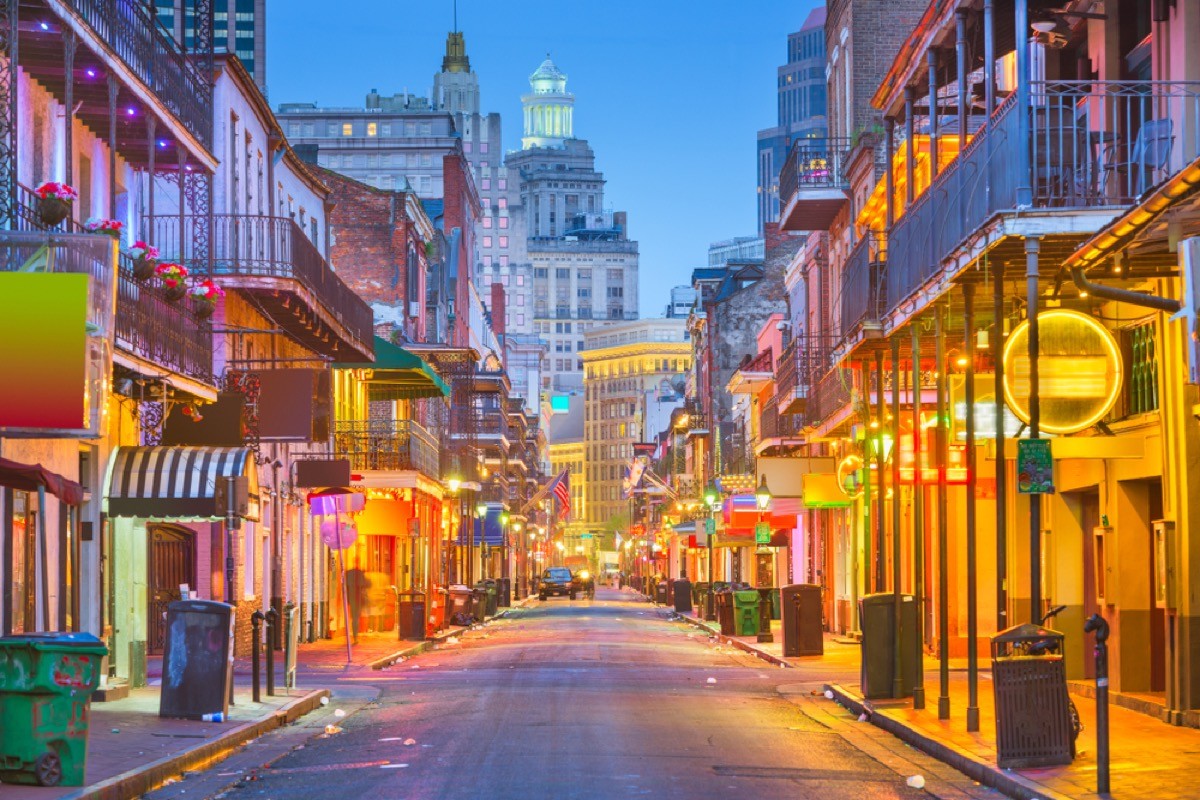
Known for its charming uniqueness, music scene, delicious dining, and celebratory spirit, New Orleans is always a fun time. That said, the city is highly vulnerable to natural disasters and is susceptible to high temperatures, rain, flooding, and hurricanes. “New Orleans is heavily impacted by climate change because of its water-related vulnerabilities such as sea level rise, tornadoes, and flooding,” according to Climate Check. “A key factor behind these risks in New Orleans is the city’s very low elevation levels,” the site states.
RELATED: 8 States at Risk of Dayslong Severe weather.
5
Oakland
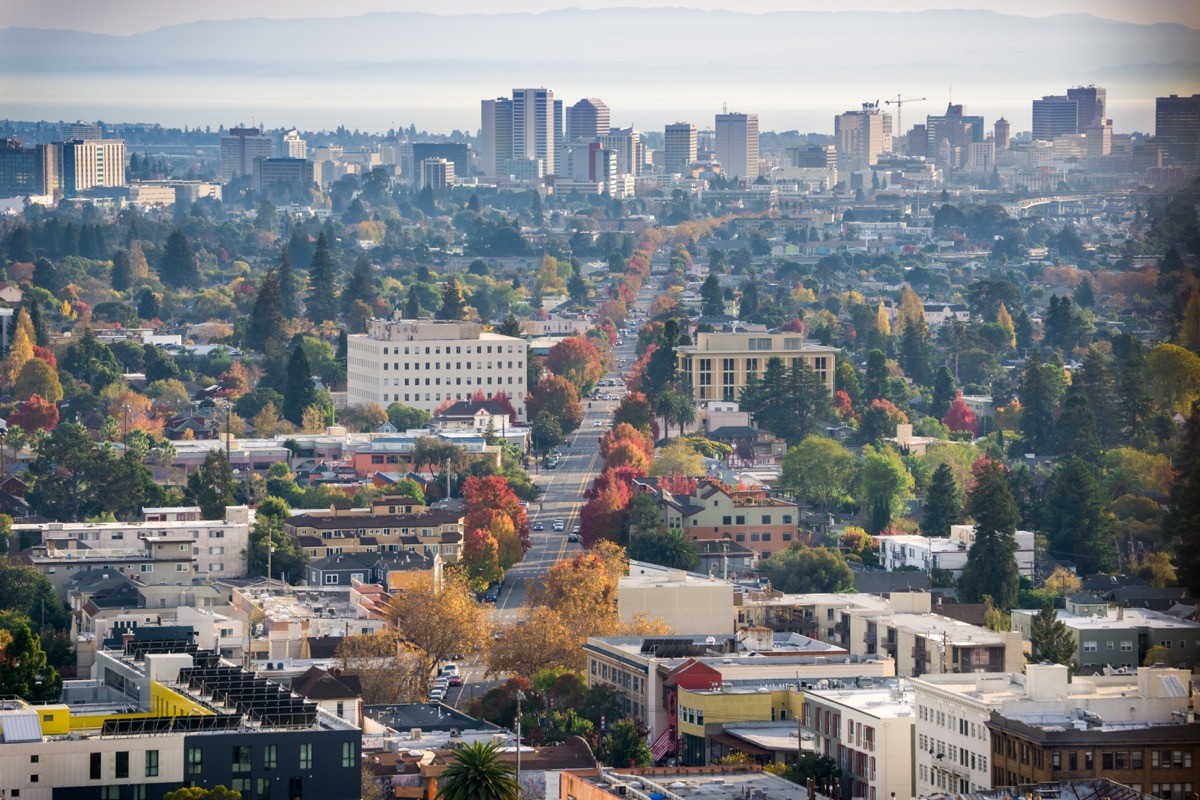
Oakland is known for its exciting art scene, good quality of life, and rich culture. And it’s easy access San Francisco, which is convenient for commuters and anyone who wants to enjoy the city. However, Oakland is at a high risk of earthquakes since it is located near the Hayward Fault. In addition, the area is affected by drought, rain, and flooding, with an expected annual loss of $1,212,128,362 due to extreme weather, per ClaimGuide.org.
6
Riverside
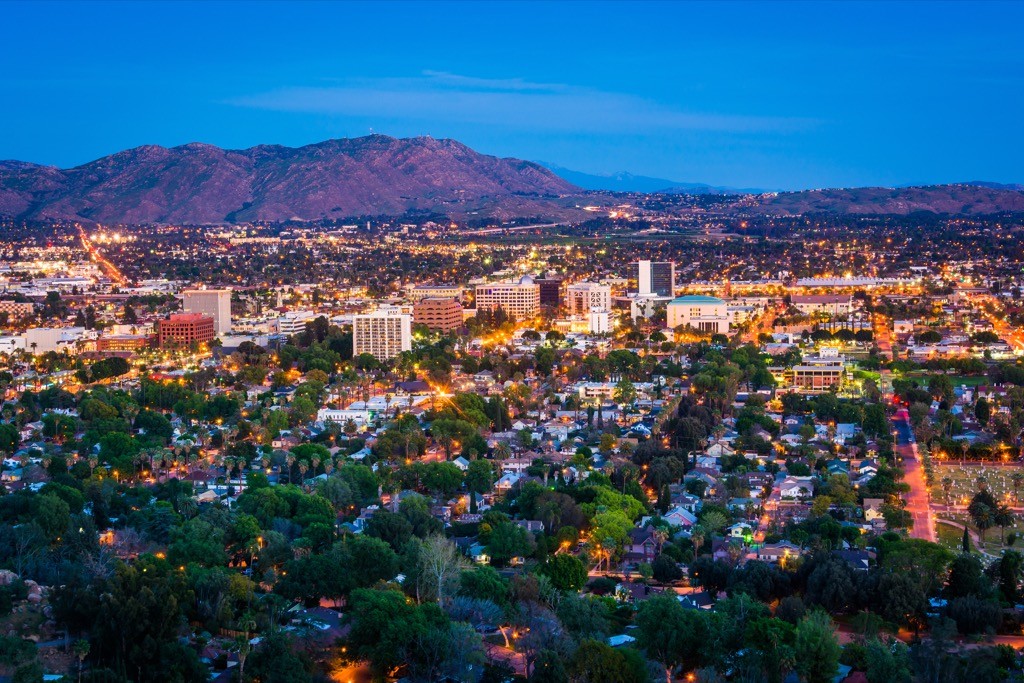
Located between LA and Orange County, Riverside offers affordable housing, a dynamic downtown, and a strong sense of community. But it’s also a place hit by natural disasters. According to FEMA, Riverside is at high risk for fires and earthquakes. At the same time, Forbes reports the city is on their list of counties at most risk of natural disasters because “Riverside County experienced 13 fires, two floods, and one severe storm in the past decade.”
And there’s more bad news for Riverside. “By 2050, the SoCal city is expected to have the highest number of extreme heat days of any city in our study: nearly six months — or 178 days,” Policygenius reports.
7
Palm Beach
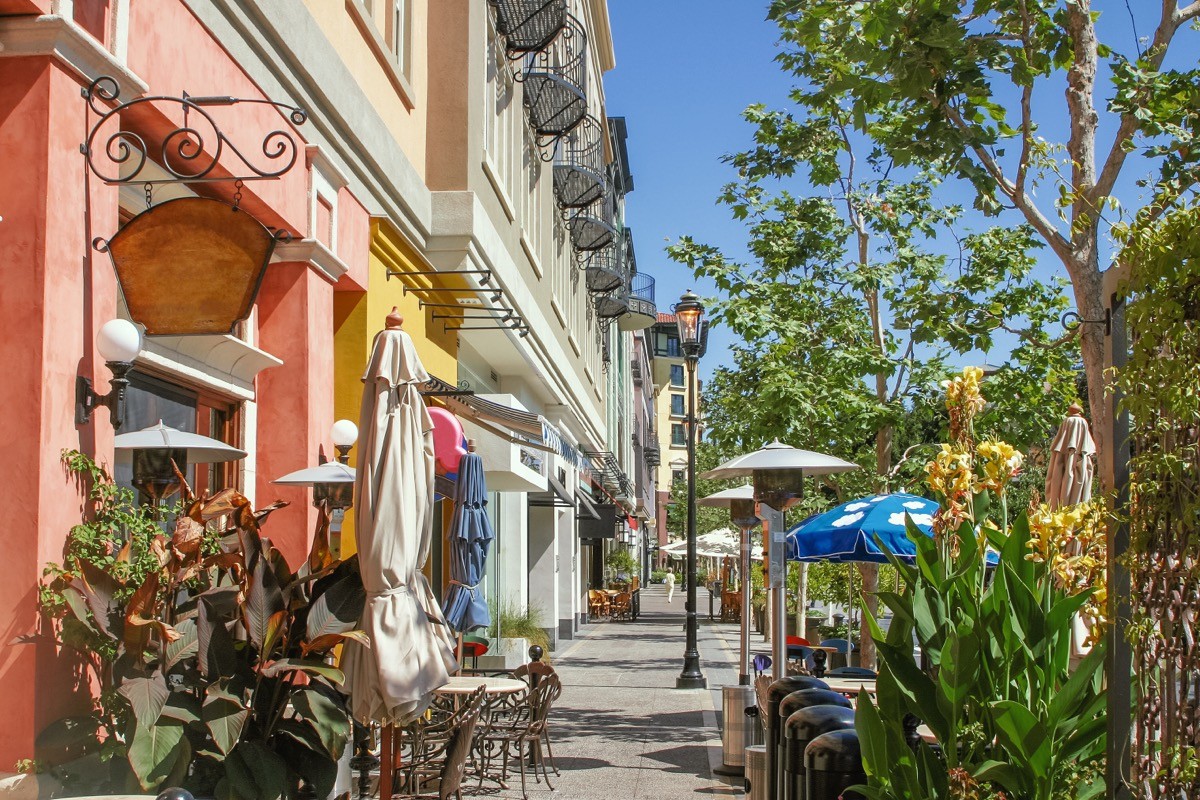
Palm Beach is glamorous and serene, with stunning waterfront properties and picturesque beaches. But it also has challenges. Hurricanes and rising sea levels put the city at risk for flooding. “Homes in coastal areas, such as Palm Beach, are at risk of property damage due to climate-related events, which may deter some buyers,” says Realtor.com senior economist Hannah Jones.
8
San Bernardino
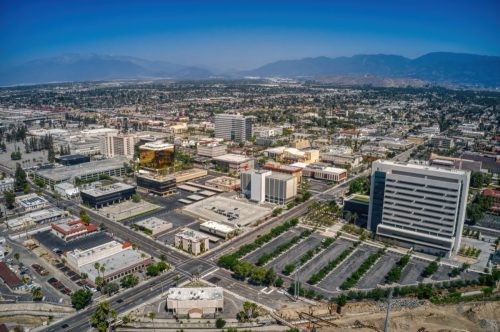
San Bernardino is another California city on the list of areas with a high risk of natural disasters. The area is known for lower housing costs and cheaper cost of living. It’s also close in proximity to desirable destinations like Palm Springs, Joshua Tree National Park, and Big Bear, but it’s also highly impacted by heat, floods, and fires, with an “expected annual financial burden of $1,137,542,458, per ClaimGuide.org.
RELATED: “Severe weather” Could Bring Tornadoes and Hail.
9
San Diego
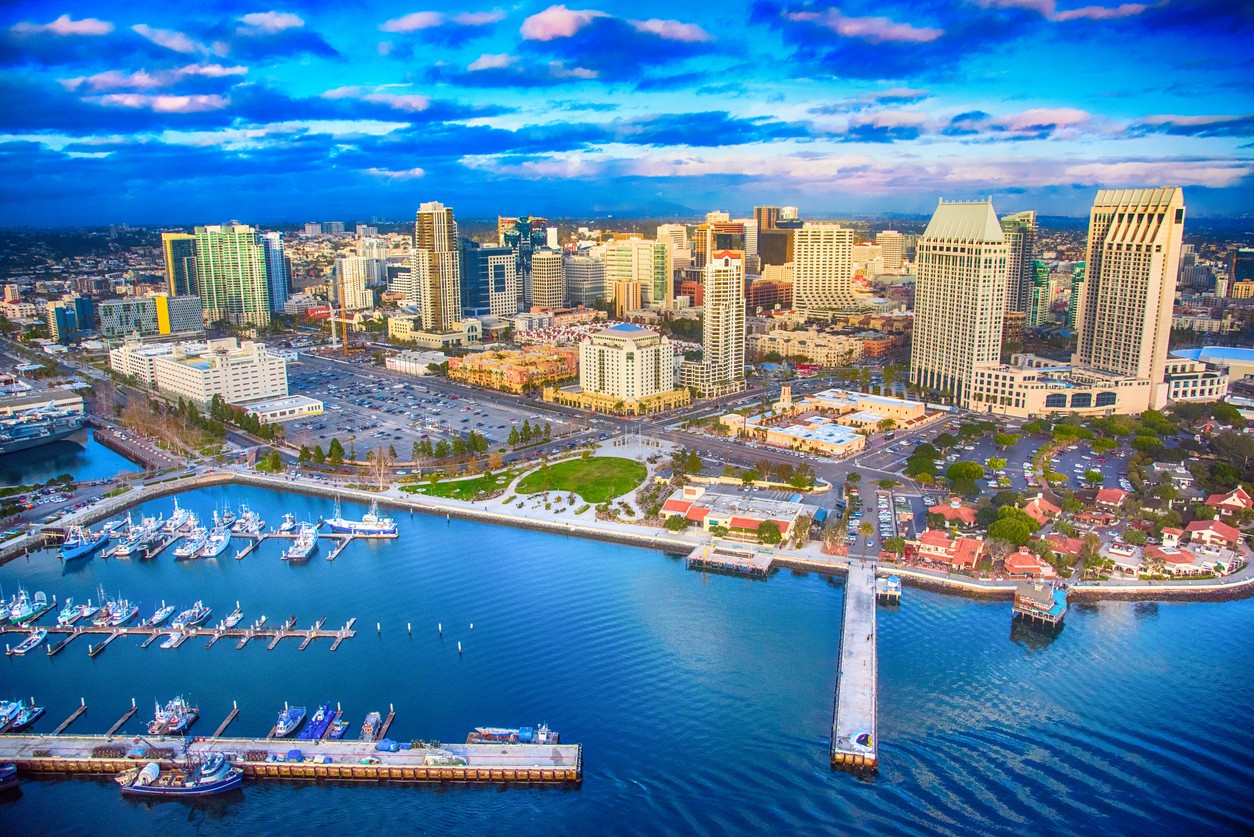
San Diego might have ideal weather most of the year, but that doesn’t mean the city is exempt from climate change conditions. Due to the high risk of earthquakes and wildfires, it ranks nationwide as the 11th worst county for climate disasters, with nearly $800,000 million in losses, according to ClaimGuide.org.
10
Virginia Beach, Virginia
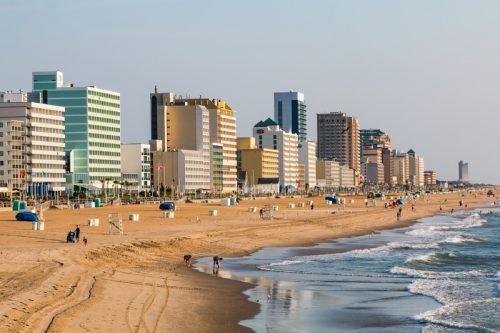
Award-winning restaurants, stunning ocean views, and a relaxed vibe have enticed many to live in Virginia Beach. The low unemployment rate, affordable cost of living, and access to major cities like Norfolk, Richmond, and Washington, D.C., are also contributing factors that make Virginia Beach a great place to live. However, the city is subjected to significant flooding.
“By 2050, 4% of properties will have a 10% annual chance of flooding due to sea level rise. And nearly 17% of properties will be in 100-year flood plains — an increase of 6% over today,” according to Policygenius. “While it won’t be as hot as other cities on this worst list, it has a high risk of both hurricanes and tornadoes thanks to its proximity to the Atlantic.”